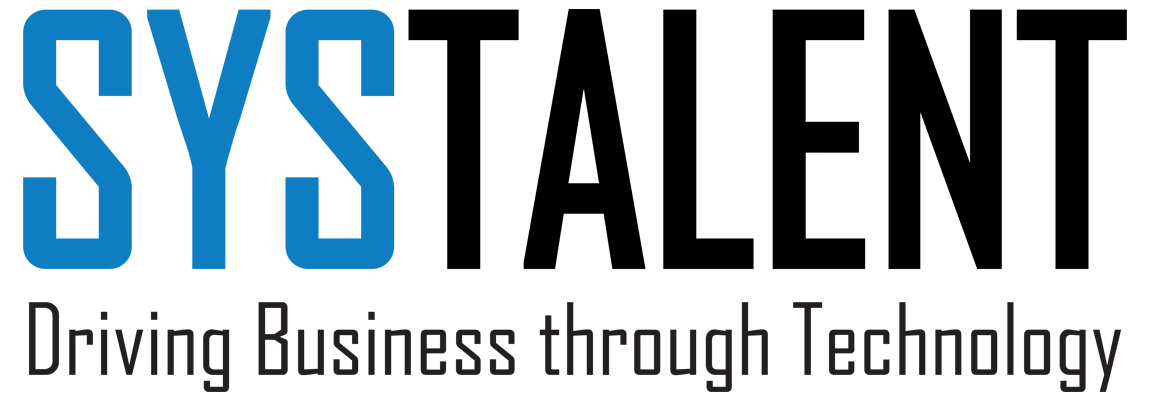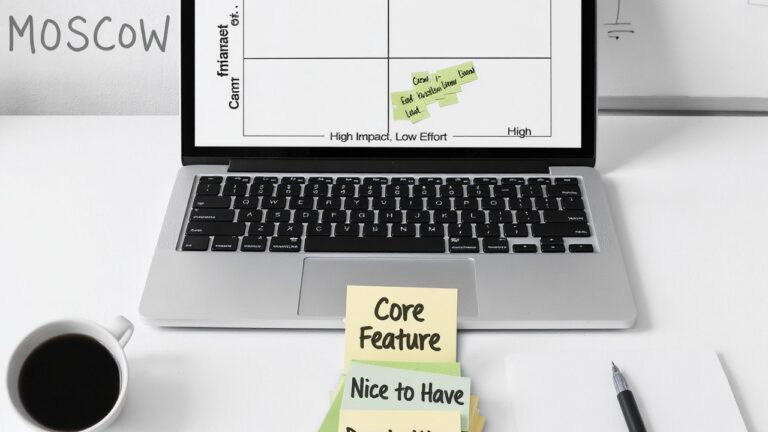When should founders move from no-code to investor-ready products?
Introduction
No-code tools are a powerful way to start. You can mock up ideas in days, validate quickly, and even gain early traction without writing a single line of code.
But every founder eventually hits the wall:
-
- Features investors expect are impossible to build
-
- Hacked workflows start breaking
-
- Customers churn because the product feels limited
-
- Fundraising conversations stall when scalability questions come up
At some point, no-code becomes a ceiling instead of a launchpad.
Why does no-code eventually fail founders?
No-code platforms are designed for speed, not scale. Pushing past their limits often creates:
-
- Fragile products held together by patches
-
- Performance issues as users grow
-
- An MVP that looks like a prototype, not a business
This is when many founders get stuck. They know a rebuild is necessary, but hiring a full engineering team feels slow, expensive, and risky.
What is the faster path forward?
The best solution is not a large engineering team. It is a Fractional CTO with a lean pod that can rebuild quickly into something investors trust.
This model works because it provides:
-
- Leadership – a senior technical guide who makes the right architecture decisions
-
- Execution – a small, focused pod that ships investor-ready software in weeks
Instead of dragging out a rebuild for months, you get a product that scales and passes investor scrutiny.
What does this look like in practice?
Founders typically follow a three-step approach:
-
- MVP Tech Review – a 1-week, fixed-fee audit and roadmap of what to rebuild
-
- Build Sprint – 2 to 4 weeks delivering a clean MVP or critical feature
-
- Fractional CTO + Pod – ongoing leadership and development as you grow
This path evolves your product from no-code prototype to investor-ready platform without wasting time or runway.
Founder Checklist
Before committing to rebuild, ask yourself:
-
- Are customers churning because of feature gaps or performance?
-
- Do investors question scalability in meetings?
-
- Is my no-code stack holding back the next stage of growth?
-
- Can I hit my next milestone without stronger tech leadership?
-
- Do I need a clean MVP within the next 60 days?
Closing Thought
No-code is an amazing starting point, but every startup outgrows it. The good news is you do not need to pause growth while fixing your foundation. With the right leadership and a lean pod, you can move fast, rebuild smart, and give investors confidence.
Want to see how this works in practice?
I put together a page that explains how we help founders rebuild fast and become investor-ready: systalent.com/founders-cto-mvp
FAQs
How much does this cost?
A Fractional CTO with a lean pod typically costs $8k–$15k per month. That is far less than a full engineering team, which can run $50k–$100k per month.
How fast can this be done?
An MVP Tech Review is completed in 1 week. Build Sprints run 2–4 weeks. Many founders move from no-code to investor-ready in 30–60 days.
Do I need to rebuild everything at once?
Not always. Many startups begin by rebuilding just one critical feature or slice of the product, then scale the rest as funding or traction grows.
About the Author
Billy Knott is the Founder and Fractional CTO of Systalent USA. With over 35 years of technology leadership experience, he helps founders move from early MVPs to investor-ready platforms without building large in-house engineering teams.
Learn more: https://systalent.com/about-us/
LinkedIn: https://www.linkedin.com/in/billyknott/



